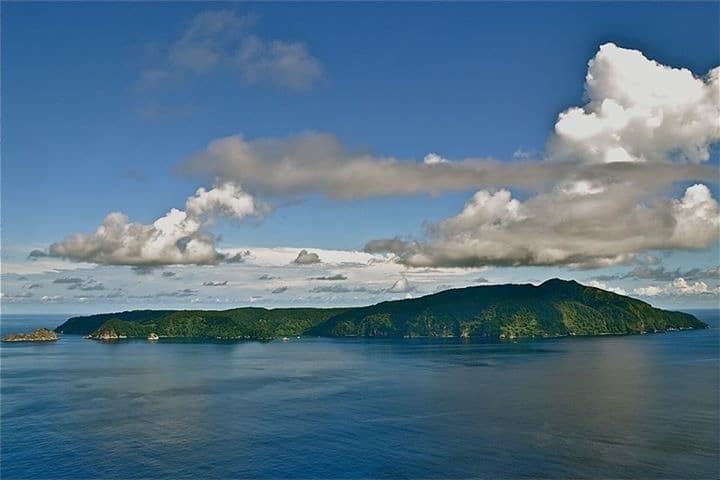The film Jurassic Park (1993) made human beings dream of the possibility of resurrecting species. Almost three decades later, synthetic biology is nearly here — not to rescue extinct dinosaurs, but to exterminate harmful animals.
Steven Spielberg’s blockbuster film set the action on an imaginary island in Costa Rica (though it was inspired by Cocos Island).
And it is precisely on an island where the first scientific experiments could one day occur, perhaps in the next decade, according to experts and activists at the World Conservation Congress.
80% of the islands in the world share the same problem: mice. They infest crops, eat bird eggs and endanger the fragile local ecosystem.
For more than 25 years, the organization Island Conservation has been dedicated to eradicating invasive species, explains Royden Saah, representative of the organization at the Marseille congress, to AFP.
One of its latest successes was in two of the Galapagos Islands, North Seymour and the islet of Mosquera, using drones and baits. But it is an expensive and uncertain task, and the use of rodenticides can cause collateral damage.
“Should we create a genetically modified mouse so that its future generations are exclusively male (or female)?” asks Island Conservation on its website.
Saah coordinates a team of researchers, GBIRd, with institutions in the United States, Australia and New Zealand.
“We don’t have the mouse yet” the conservation scientist says. But “if we don’t investigate, we won’t be able to know the potential of this technology.”
Saah points out that scientists will only perform experiments in countries interested in the technology.
With synthetic biology coming ever-closer to reality, the more than 1,400 members of the International Union for Conservation of Nature (IUCN) four years ago created a working group on the issue.
The result is a Charter of Principles on the use of synthetic biology (which includes genetic engineering) that must be voted on this week in Marseille.
The draft of the Charter reaffirms the right of any country to prohibit these activities by appealing to the “precautionary principle.”
Considerable questions
Participants in the debates at the Marseille congress agreed the questions regarding synthetic biology are considerable.
“I am also afraid of the potential applications of synthetic biology” declared the head of the working group, Kent Redford, when presenting the group’s conclusions in Marseille.
“There are obvious ecological risks and concerns about genetic modifications of wild species,” warns Ricarda Steinbrecher, geneticist and scientific advisor of the NGO ProNatura.
ProNatura and Friends of the Earth are some of the NGOs that have sounded the alarm in Marseille. The Charter of Principles has not been sufficiently debated, they believe.
Among other reasons, scientists don’t even agree on the exact frontiers of synthetic biology.
Does a modified mouse still belong to its original species, or does it create a new one?
One of the examples proposed by scientists in favor of experimentation is to recreate the material of a rhinoceros horn, so that this animal can escape extinction.
“I have not found anything that prevents further investigation,” Saah says about synthetic biology.
Mosquitoes with malaria in Hawaii
The debate is intense, but the situation in some places is just as pressing.
Samuel Gon, science advisor for the Nature Conservancy in Hawaii, says he can’t wait.
Synthetic biology “is not an option. It will not arrive in time to save the birds” of the islands, he explained to AFP.
Of the more than 50 endemic species of honeybirds that were known in Hawaii, only about 15 remain, five in a critical state of extinction.
Historically, Hawaii didn’t have mosquitoes. When they were introduced, beginning in the 19th century, some were carrying malaria — a disease that has devastated local bird populations.
Hawaiian conservation authorities are preparing to use a known technique to sterilize mosquitoes by inoculating them with a bacterium, Wolbachia.
Mammoth-sized dreams
Beyond the ecological urgency, some scientists seem irresistibly drawn to bigger dreams.
A few months ago a group of researchers claimed that they had achieved the complete sequence of the genome of a million-year-old mammoth.
“The technical challenges to achieve the reliable sequence of the genome of extinct species are immense,” warns the report of the IUCN experts.
Steinbrecher is even more emphatic. “We have to accept that some species have gone extinct, however disappointing it may be. The main objective is to preserve what we already have.”
The featured photo shows Costa Rica’s Cocos Island. Photo is used for illustrative purposes.









